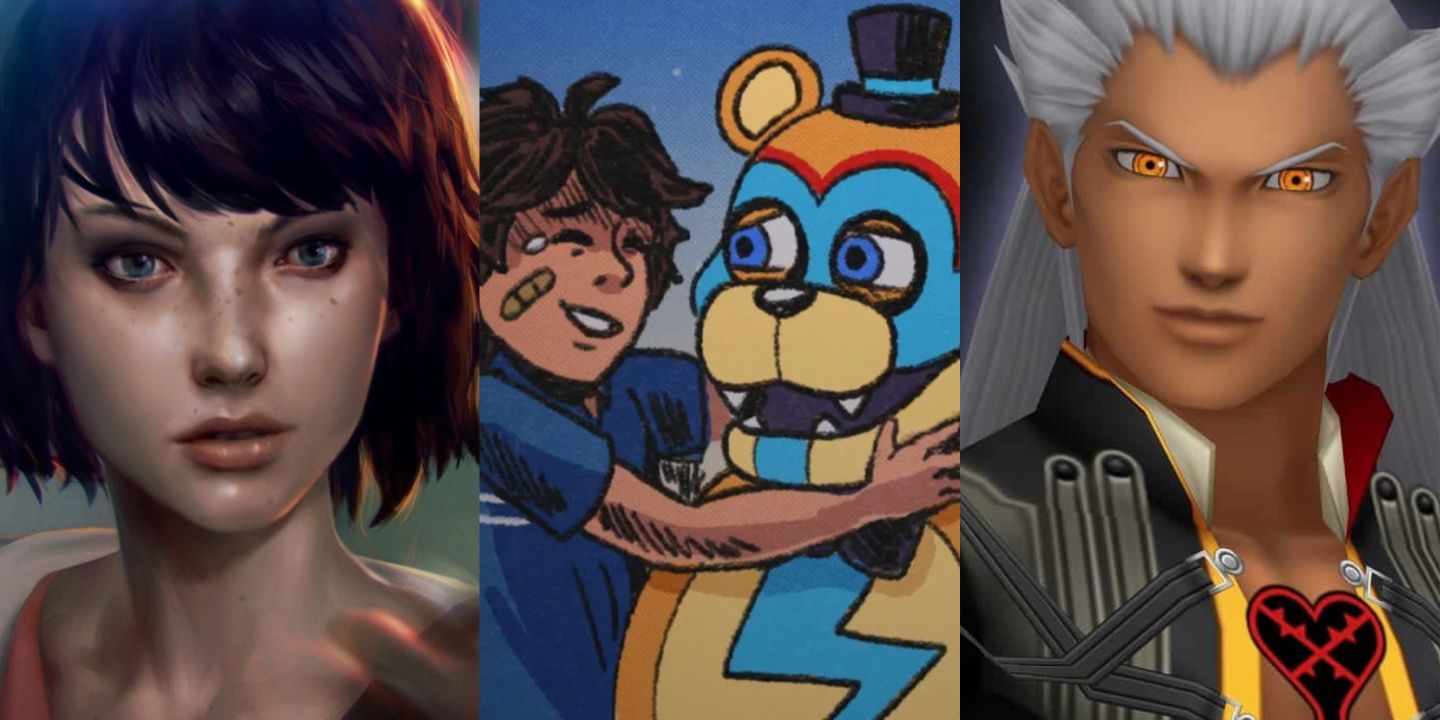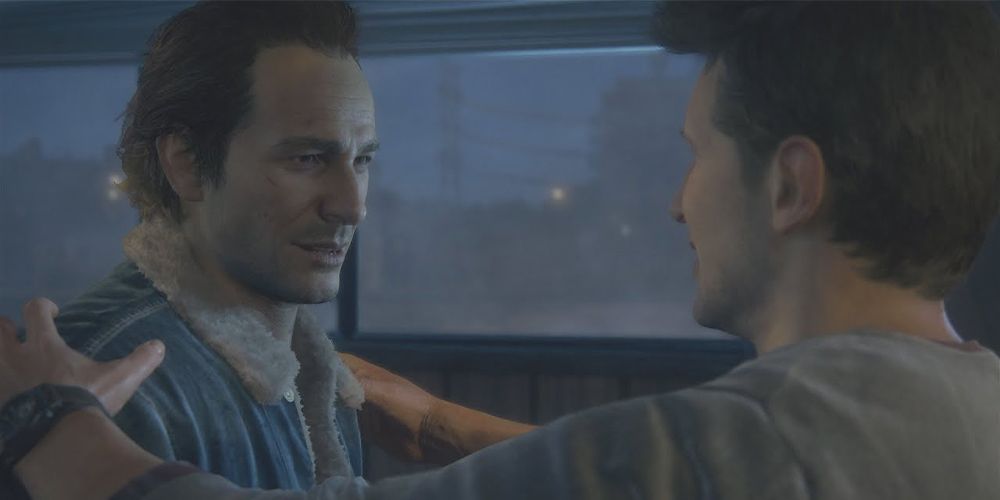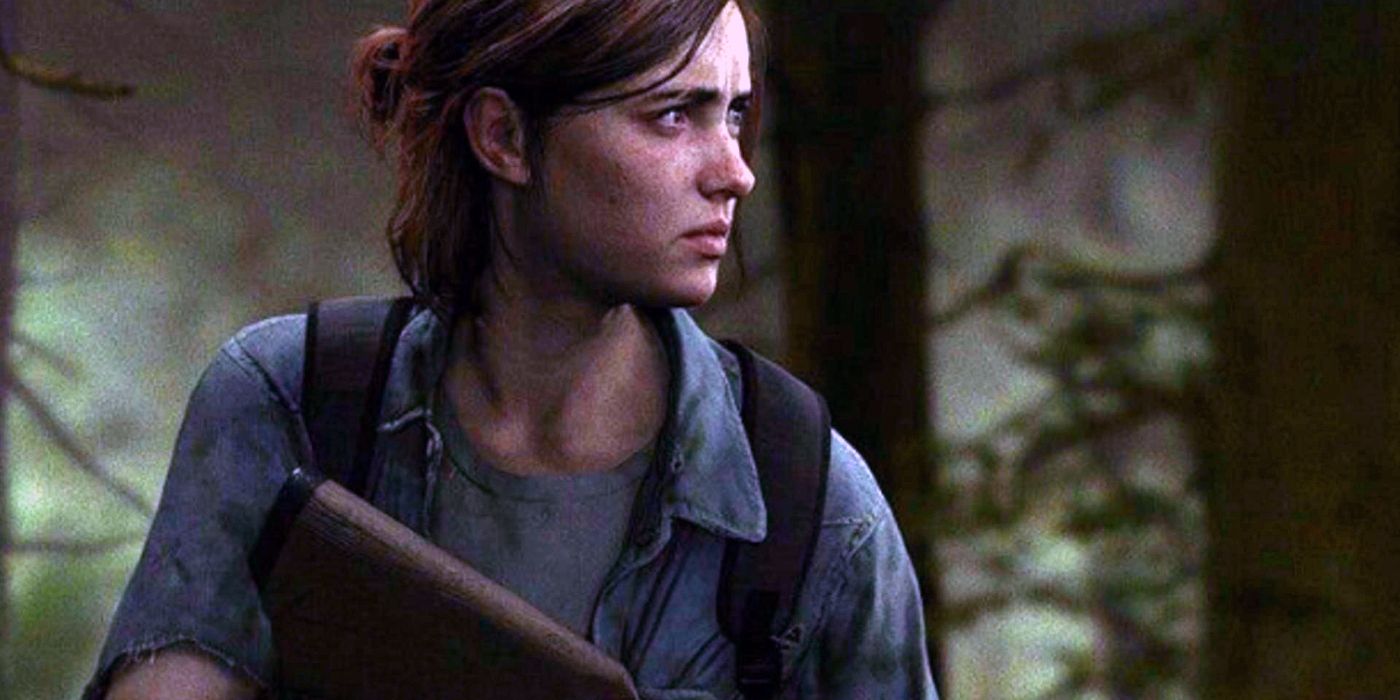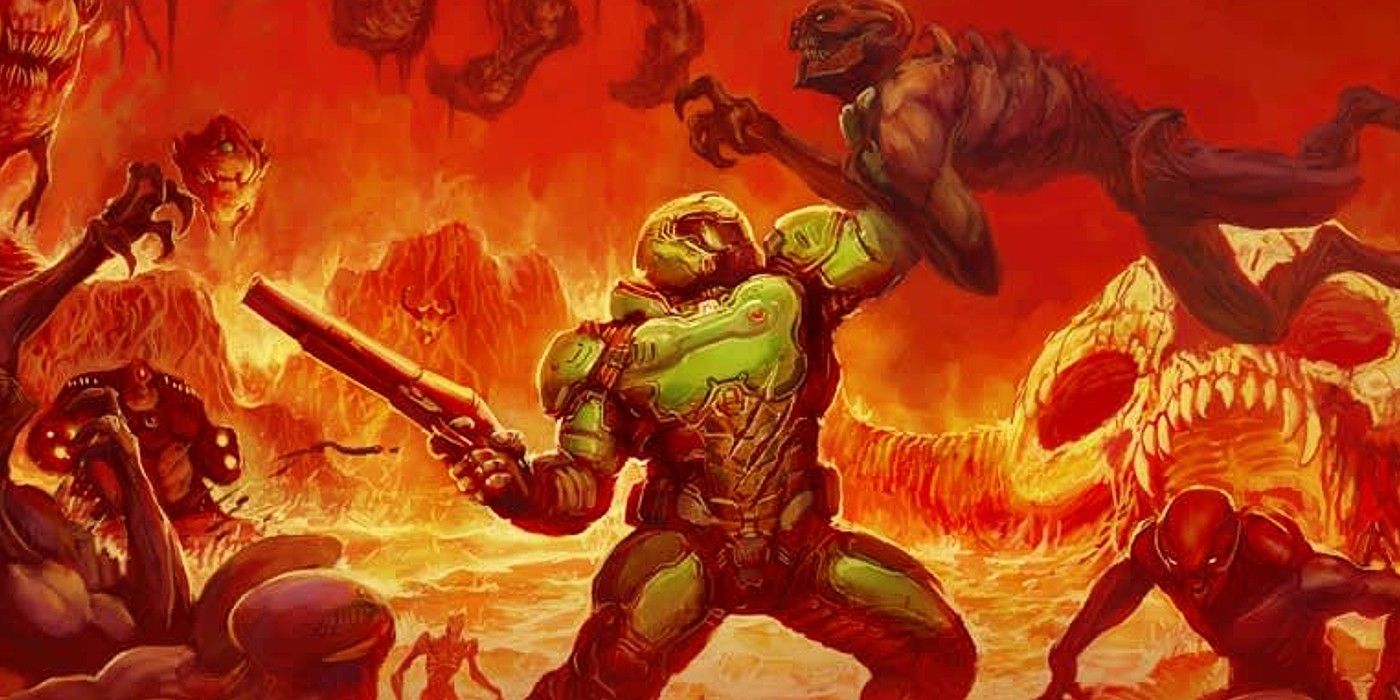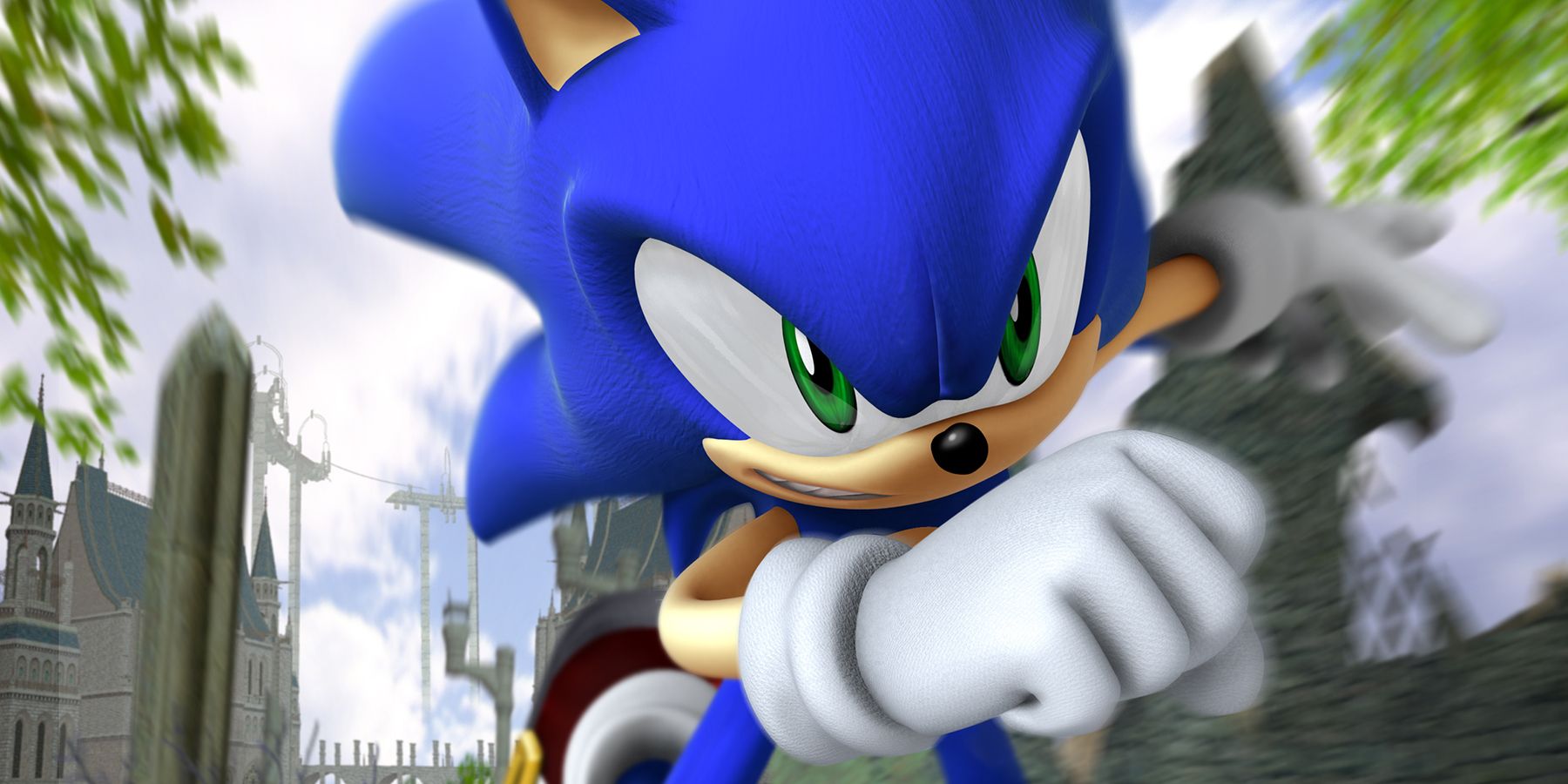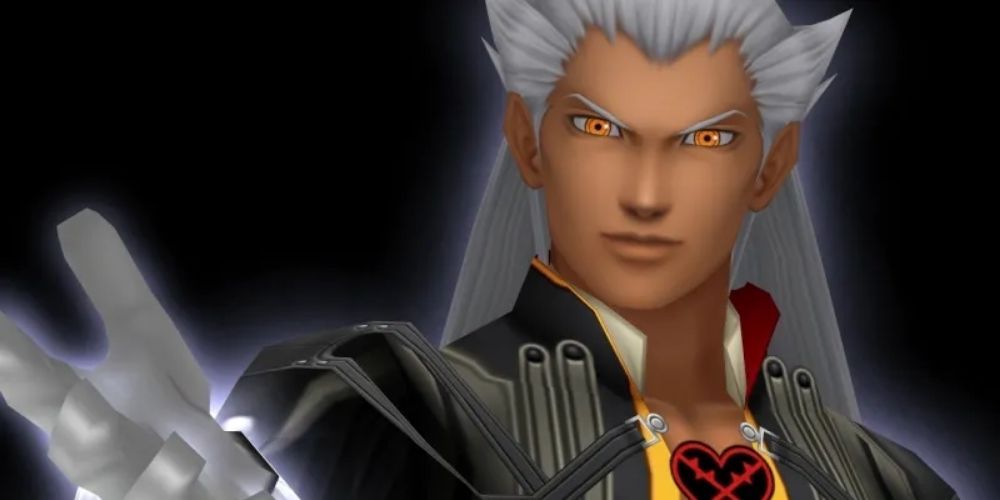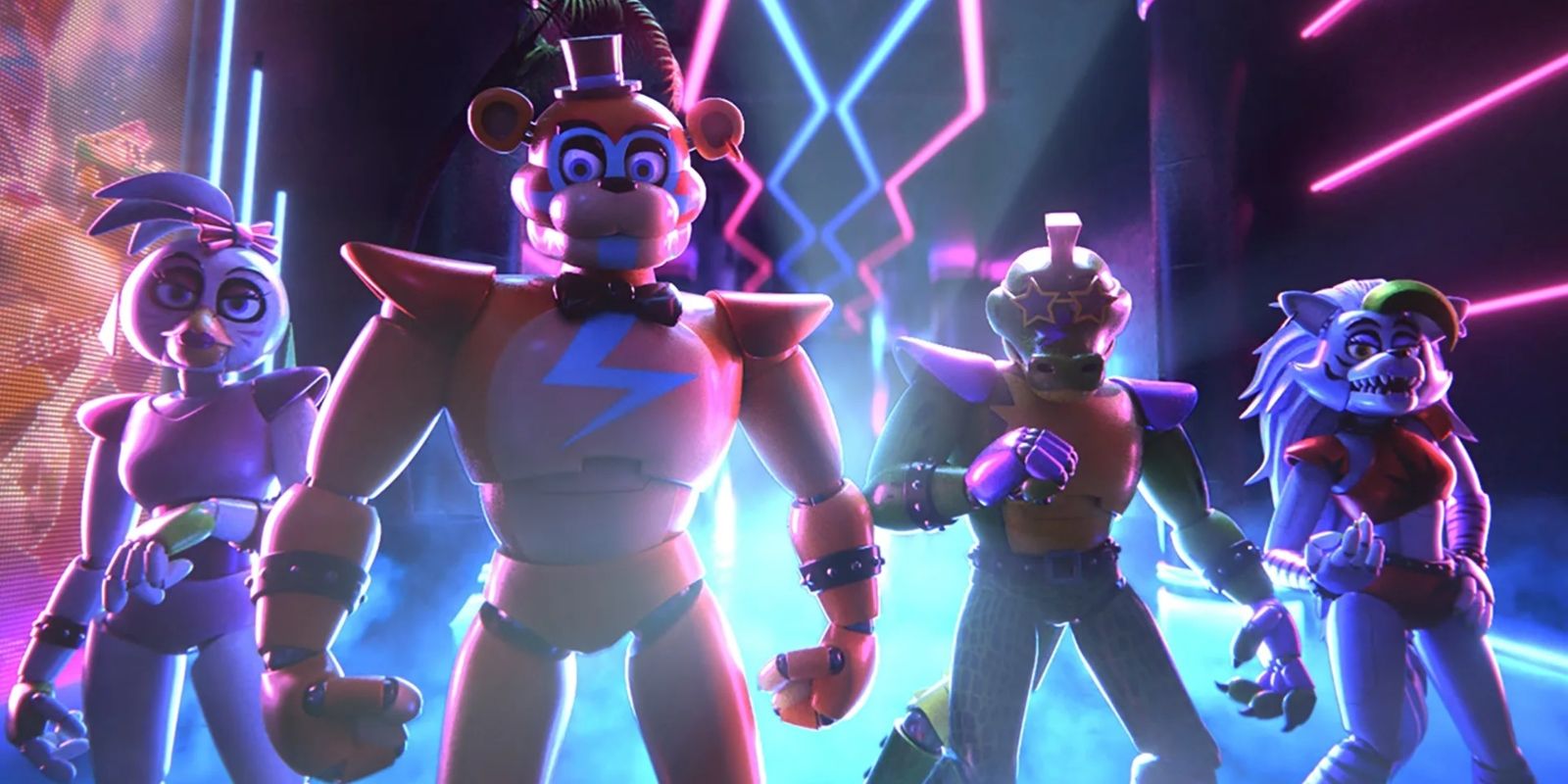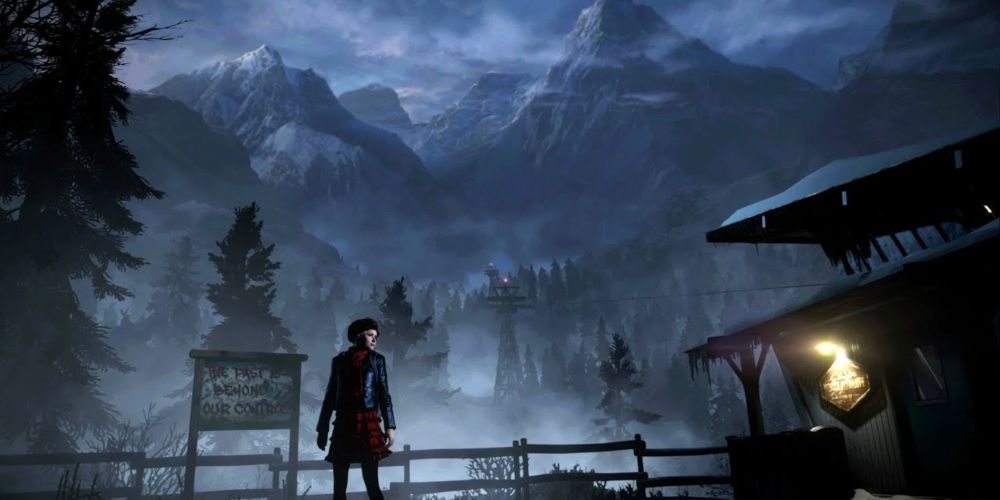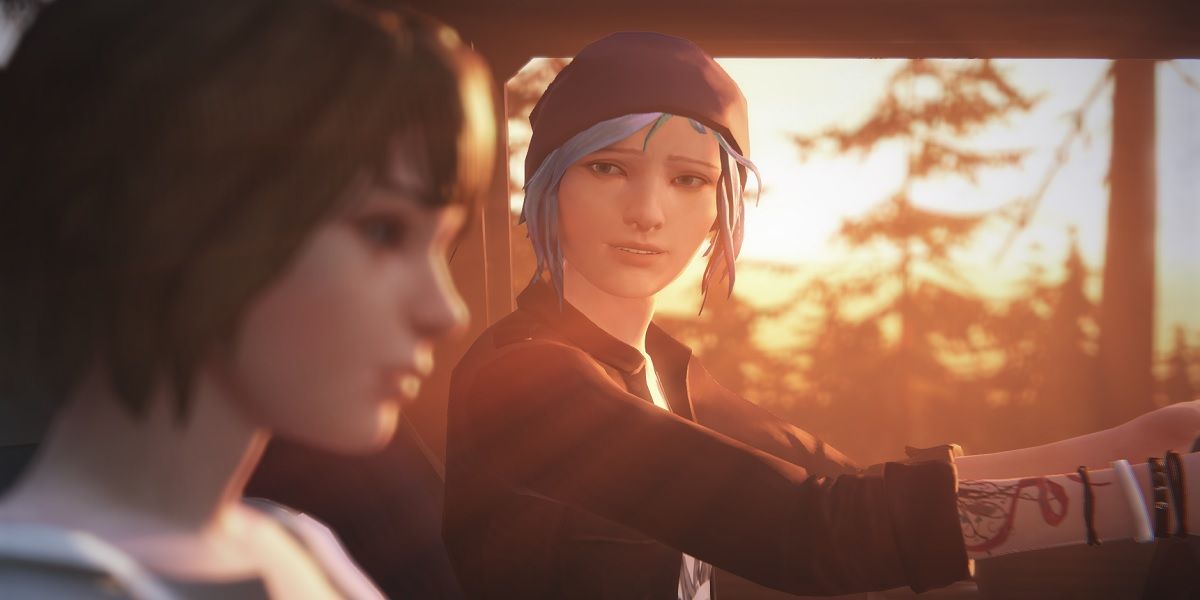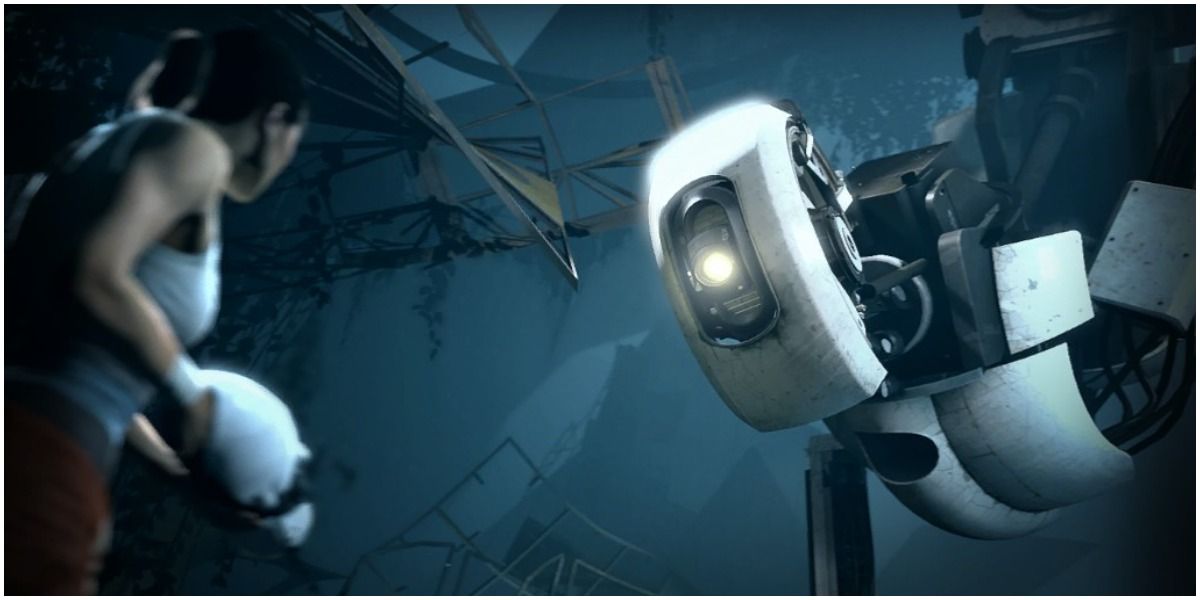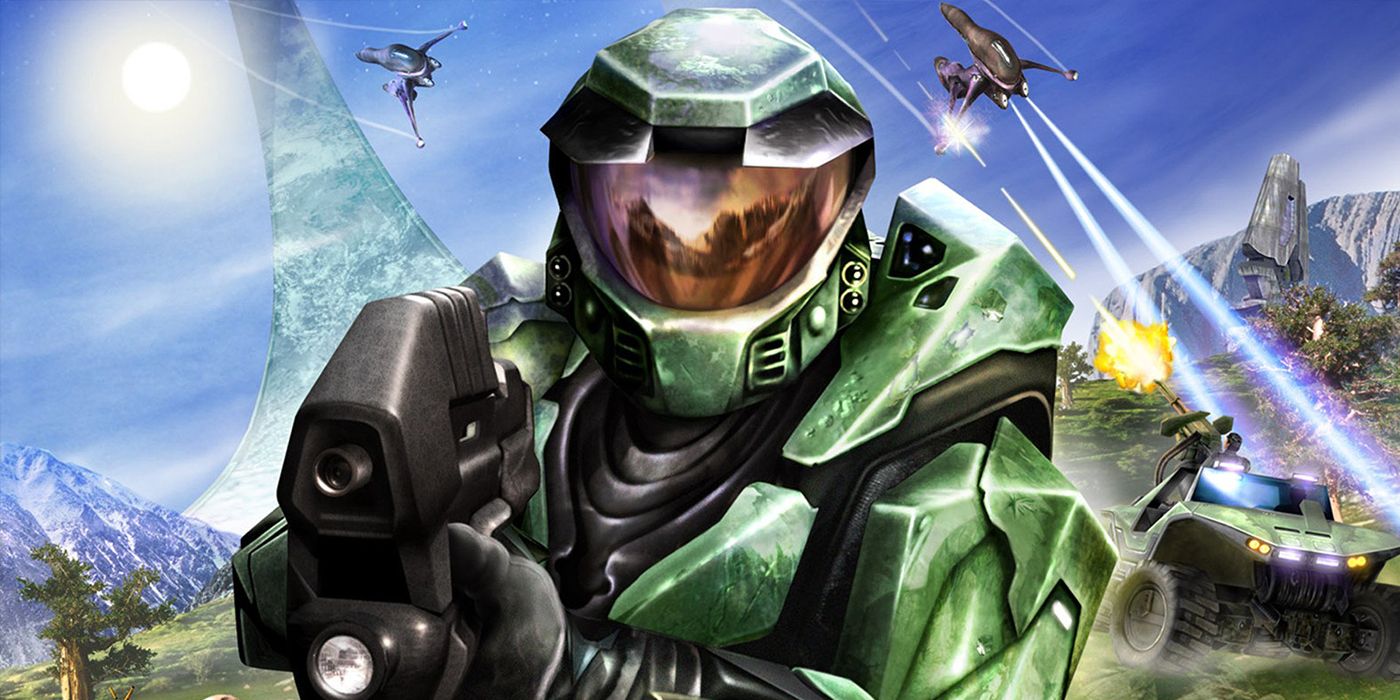A video game's final moments can make or break an otherwise well-written story. Some games rely heavily on their plot, acting more like a playable movie, while others are content to treat the game's lore as something that has to be sought out. Either way, an unsatisfying climax to a game's story can sometimes ruin what had previously been an enjoyable experience.
These convenient moments in a game's finale — sometimes known as deus ex machina endings — are classified as plot points that feel unjustified or unfair. These types of endings usually serve as a way to end a story quickly, especially when a narrative struggles to wrap up its loose ends properly. It can feel disrespectful to the player who spent many hours working on completing the game.
10 Nate's Long-Lost Brother Showed Up A Bit Too Conveniently
Uncharted 4: A Thief's End
The Uncharted series is an all-around enjoyable and action-packed experience, but the final game introduces a last-minute concept to the story that feels unfairly convenient. Having never been mentioned in the previous games, Uncharted 4: A Thief's End reveals the identity of Sam Drake, Nathaniel Drake's long-lost brother, and establishes him as a pivotal piece in the game's overarching story.
Sam is suggested in Uncharted 4: A Thief's End to have been Nate's motivation to become a treasure hunter. As the game's story unfolds, Sam becomes somewhat of a bad influence in Nate's already turbulent life. In fact, none of the plot would have occurred at all had Sam not been conveniently dragging his brother along the entire time.
9 Ellie's Desire For Revenge Ended Abruptly And Out-Of-Character
The Last of Us II
While critically acclaimed for its gameplay and graphics, The Last of Us Part II received a rather divided reception on its plot and story. Some enjoyed the game's dark tone, while others argued that its themes and messages were undeserved. Either way, the game's final confrontation between characters ended in a rather unsatisfying and abrupt moment.
After allowing the player to alternate between the perspectives of Ellie and Abby throughout The Last of Us Part II, the game's final scene brings the two of them together in one final brawl to the death. But despite an attempt to justify both characters' motivations, Ellie's decision to simply let Abby go, after everything, feels frustratingly convenient.
8 The Doom Slayer Was Only Betrayed To Make A Sequel
Doom (2016)
The Doom franchise is not known for its complicated story and doesn't need to be. Its 2016 installment, Doom, however, did make an attempt at establishing lore and plot. While some of it is certainly interesting, the game's final scene and "twist" is ridiculous, considering everything established throughout the story.
After being awoken by the cyborg Hayden, the Doom Slayer embarks on a bloody and violent journey to destroy demons and close the portal to hell throughout Doom. After everything is achieved, however, Hayden simply takes the Crucible, claims his research will continue, and sends the Doom Slayer away, conveniently allowing him to survive to fight again in the franchise's eventual sequel.
7 Sonic Reset The Timeline, Rendering The Entire Story Obsolete
Sonic the Hedgehog (2006)
Infamous for its unfair gameplay, poorly-aged graphics, and bizarre plot, Sonic the Hedgehog (2006) — also known as Sonic '06 — wraps up its story in one of the worst ways possible: by resetting the timeline and removing everyone's memory of it. While the game is already frustrating, the ending is disrespectful to anyone who actually managed to complete it.
Throughout Sonic '06, Sonic and the main cast travel back and forth across time and space to stop the antagonists, Mephiles and Dr. Eggman. The game's climax has Sonic and Elise travel to the past, where they extinguish the legendary Solaris flame, effectively killing a god and preventing the events of the entire game from ever happening.
6 Ansem Wasn't Defeated By Sora, But By A Convenient Plot Device
Kingdom Hearts
The Kingdom Hearts franchise is no stranger to bizarre concepts and confusing plot lines, but its first game, Kingdom Hearts 1, arguably possesses the most frustrating deus ex machina ending. It had yet to establish itself or its lore with a franchise in mind, making its finale feel somewhat unsatisfying in comparison.
After traveling from world to world and defeating Heartless, Kingdom Hearts 1's final confrontation between Ansem and Sora ends rather abruptly. Despite the results of the actual fight, the cutscene following the battle shows Ansem attempting to wield the power of Kingdom Hearts. Instead, a convenient blinding light destroys Ansem and ends the story there.
5 William Afton Somehow Lived
Five Nights At Freddy's: Security Breach
The Five Nights At Freddy's franchise became an unexpected cult classic following the release of the series' first few games. Its most recent installment, FNAF: Security Breach, was somewhat of a letdown both in its gameplay and story.
The scope and scale of FNAF: Security Breach was, perhaps, too ambitious. The story leaves too many questions unanswered and refuses to establish most of its characters' motivation, but the game's true ending is its most frustrating part. It's revealed that the series' recurring antagonist, William Afton, not only conveniently survived multiple attempts to destroy him but had been hiding and waiting beneath the facility the entire time.
4 The Wendigo Just Happened To Be A Familiar Face
Until Dawn
Until Dawn is a unique game, allowing multiple different endings depending on the player's actions. The various endings, however, aren't all that unique within the horror genre and can feel a bit convenient.
The main objective of Until Dawn is to survive attacks from creatures known as wendigos. The big twist, however, is that one of the first wendigos was Hannah, the girl that had gone missing during a cruel prank many years ago. During one of the game's main endings, the wendigo attacking the group is identified as Hannah herself. This revelation determines whether Josh lives or dies by the end of the game, a pretty cliche way to decide a character's fate.
3 Max's Final Choice Is Too Simple
Life is Strange
With the ability to reverse time, Max Caulfield, the protagonist of Life is Strange, is forced to make some difficult decisions throughout the game. Her final decision, however, conveniently solves every problem the characters had faced, save one.
During Life is Strange, Max is desperate to save the life of her friend, Chloe Price. But the game suggests that it's Max's meddling with time that is causing an impending storm, and that her options are to either go back and undo all of her actions, including saving Chloe's life or to press on and hope that the two concepts are unrelated. The choice is a bit frustrating, considering the convenient ability to "fix" everything all at once.
2 GLaDOS' Weakness Becomes Very Obvious Very Quickly
Portal
The Portal franchise is known for its challenging puzzles, witty writing, and unique sense of humor. While solid in its story and atmosphere, the first game suffers from a deus ex machina ending where its antagonist, GLaDOS, reveals her glaring weakness in a pretty obvious way.
After suffering through GLaDOS' various tests and trials throughout the first Portal game, the player finally encounters her in her base of operations. During this encounter, a "personality core" conveniently falls off of her, revealing that these cores are pivotal in controlling GLaDOS' behavior. After destroying these cores, the room malfunctions, and GLaDOS is seemingly defeated.
1 Being The Only Survivor Was Rather Convenient For Master Chief
Halo: Combat Evolved
Master Chief's journey started all the way back in 2001, with the franchise's first installment, Halo: Combat Evolved. The plot of the game, while fairly straightforward, does suffer from some convenient lore drops and permits various characters to survive insurmountable odds for the sake of plot.
In Halo: Combat Evolved, Master Chief is plunged into a world-ending plot involving parasitic creatures called the Flood. While trying to understand the ringworld structure known as "Halo," Master Chief is conveniently enlisted by the AI, 343 Guilty Spark, to activate Halo's defenses. It's revealed that these defenses include galaxy-wide annihilation and that Master Chief happens to be the only survivor who can stop it.

